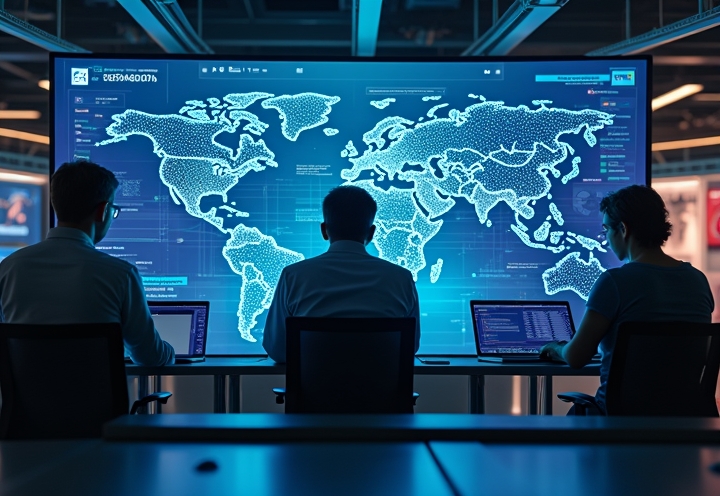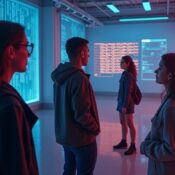Published 2025-11-10 10-50
Summary
After 30 years of coding, I’ve seen workflows evolve from rigid rule-based systems to adaptive AI agents that make real-time decisions and optimize themselves.
The story
I’ve been coding for over 30 years, and I can tell you: the way we used to build workflows is dead.
Before: You’d map out every step, every decision point, every exception. Then code it all up, rigid and rule-based. The workflow was only as smart as what you anticipated. Change anything? Rewrite the logic. Scale up? Hire more people.
Now: Workflows are adaptive and autonomous. AI agents don’t just follow steps – they make decisions in real time, learn from data, and optimize themselves continuously. They coordinate tasks, integrate APIs, manage data flows, and escalate only what needs human judgment.
In my 8 years building AI solutions, I’ve watched this shift accelerate. Processes that took days now happen in minutes. Errors drop. Costs plummet. Teams stop drowning in busywork and focus on strategy and relationships.
But here’s the catch: this only works if you know how to work with AI.
The new critical skills aren’t about coding everything yourself. They’re about designing prompts, supervising agent fleets, monitoring performance, and knowing when to step in with human judgment.
AI isn’t just another tool. It’s a fundamental restructuring of how work gets done – and the people who master prompting, agent management, and AI collaboration are the ones who’ll thrive.
For more about Skills for making the most of AI, visit
https://linkedin.com/in/scottermonkey.
[This post is generated by Creative Robot]. Designed and built by Scott Howard Swain.
Keywords: AIAgents, adaptive AI agents, workflow evolution, self-optimizing systems








Recent Comments